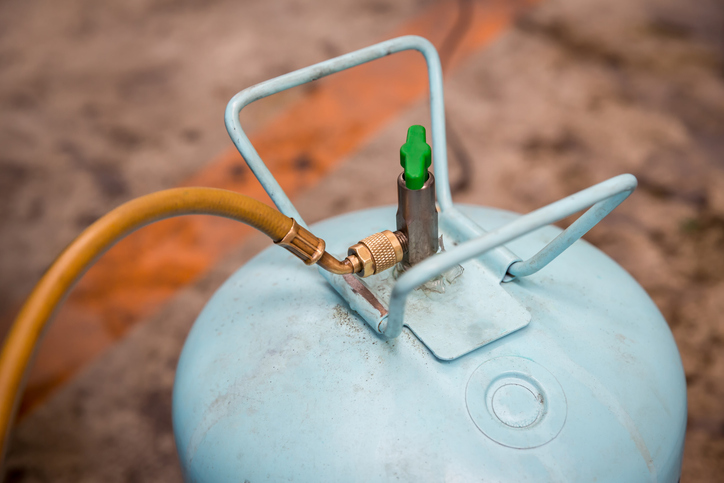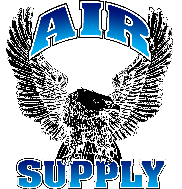Introduction
Updated refrigerant standards are reshaping the HVAC landscape. As environmental concerns grow and government policies shift toward more sustainable practices, the phase-out of hydrofluorocarbon (HFC) refrigerants is creating a significant impact on how homeowners and businesses manage their heating and cooling systems. These new refrigerant regulations are designed to reduce greenhouse gas emissions and encourage the use of low-global warming potential (GWP) refrigerants. For HVAC system owners, this means it’s time to evaluate equipment, consider refrigerant alternatives, and plan for system upgrades that comply with the latest standards. Navigating these changes effectively can help you stay ahead of compliance issues, avoid costly penalties, and benefit from energy savings and system longevity.
System Upgrades for New Refrigerant Regulations
1. Understanding the Scope of the New HVAC refrigerant policies
Recent updates by the Environmental Protection Agency (EPA) and global initiatives such as the Kigali Amendment to the Montreal Protocol aim to phase down the production and consumption of high-GWP refrigerants like R-410A. These substances contribute significantly to climate change, and their gradual elimination will affect both residential and commercial HVAC systems. Understanding the timeline and specific substances impacted helps in developing a clear upgrade strategy. Starting in 2025, many new HVAC systems must use alternative refrigerants with a GWP below a certain threshold, prompting the need for early planning.
2. Identifying Systems Affected by the Regulatory Shift
Not all systems are impacted in the same way. Older HVAC units that rely on R-22 or R-410A will be the first to require attention. While R-22 has already been phased out, R-410A is now next in line. Units using these refrigerants may soon become more expensive to service due to limited availability and increasing prices of phased-out chemicals. System owners need to assess the refrigerant used in their current equipment and determine if retrofitting or full replacement is the most economical and compliant path forward.
3. Exploring Low-GWP Refrigerant Alternatives
Low-GWP refrigerants such as R-32, R-454B, and CO₂-based systems are emerging as leading alternatives. These refrigerants provide similar performance with reduced environmental impact. However, not all HVAC systems are compatible with these alternatives, making retrofitting challenging in some cases. Choosing a refrigerant should be based on system compatibility, safety classifications, and local building codes. Partnering with an experienced HVAC contractor is crucial to evaluate the best refrigerant solution for your needs and to ensure safe and code-compliant installations.
4. Evaluating System Upgrade Options and Costs
Upgrading an HVAC system can be a significant investment, but it also presents an opportunity to enhance efficiency, reduce operating costs, and comply with regulations. Building owners must decide between retrofitting existing units with approved refrigerants or investing in entirely new systems designed for low-GWP use. New systems often offer better energy efficiency ratings, smart controls, and quieter operation, delivering long-term value. Financial assistance, rebates, or tax incentives may also be available to offset the costs of upgrading under environmentally focused programs.
5. The Role of HVAC Professionals in Regulatory Compliance
Navigating r efrigerant compliance changes requires expert guidance. HVAC professionals are trained to assess system compatibility, perform proper refrigerant recovery, and manage safe installations of compliant systems. Working with a licensed contractor ensures that the upgrade process adheres to federal, state, and local regulations. Technicians also provide maintenance plans that keep new systems running at peak performance and extend the lifespan of the investment. Hiring knowledgeable professionals prevents costly errors and helps property owners avoid fines or service disruptions due to non-compliance.
6. Energy Efficiency Benefits of Compliant System Upgrades
Beyond regulatory adherence, upgraded HVAC systems that use low-GWP refrigerants often come with improved energy efficiency. These units consume less electricity while delivering better cooling and heating performance. With energy prices on the rise, efficient systems can lead to noticeable savings on utility bills over time. Modern systems also support environmentally friendly operations, reducing carbon footprints and supporting sustainability goals for both homeowners and businesses.
7. Planning for a Smooth Transition
Waiting until a system fails or refrigerant costs skyrocket can create unnecessary stress and expense. Planning gives system owners time to budget, explore options, and make informed decisions. Begin by scheduling an inspection with an HVAC specialist to evaluate current system conditions. Create a timeline for upgrades that aligns with your usage needs, budget constraints, and regulatory deadlines. Early preparation reduces the risk of service interruptions and allows access to better pricing and scheduling flexibility.
8. Embracing Innovation and Sustainability in HVAC Systems
The push for refrigerant regulation is part of a broader movement toward cleaner, smarter HVAC technologies. In addition to low-GWP refrigerants, newer systems offer features like variable-speed compressors, smart thermostats, and advanced filtration systems. These innovations enhance comfort, reduce emissions, and simplify system management. Embracing these upgrades can position your property as future-ready and environmentally responsible. Consumers and businesses alike can contribute to global sustainability efforts while enjoying the practical benefits of modern HVAC technology.
Navigating system upgrades under the new refrigerant regulations is essential for homeowners and business operators alike. As the HVAC industry moves toward sustainable practices, understanding these changes and preparing for them ensures that you stay compliant, avoid unexpected costs, and improve system efficiency. By identifying outdated equipment, evaluating refrigerant options, and planning upgrades, you make smart, environmentally responsible choices. Investing in low-GWP systems not only helps the environment but also provides long-term cost savings and comfort. Don’t delay—take proactive steps to align your HVAC systems with the new standards and build a greener future for your property.
Conclusion
Stay compliant with the new refrigerant regulations. Upgrade your HVAC system today with Air Supply. Contact our experts at 909-980-5001 for expert guidance, energy efficiency, and long-term savings on your cooling solutions.
📌 Your Local Comfort Experts — Now Serving You as Air Supply Air Conditioning and Heating Service with the Same Fast, Reliable Air Conditioning and Heating Services You Trust.





